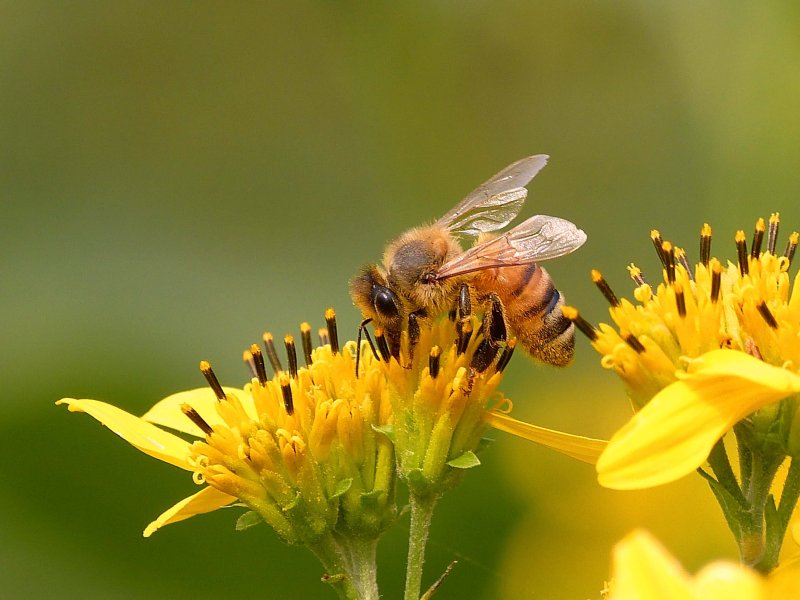Interactions between multiple stressors have been implicated in elevated honeybee colony losses. Here, we extend our landscape-scale study on the effects of placement at clothianidin seed-treated oilseed rape fields on honeybees with an additional year and new data on honeybee colony development, swarming, mortality, pathogens and immune gene expression.
…
In 2015, we published a well-replicated field study on effects of the neonicotinoid clothianidin on solitary bees, bumblebees and honeybees. Here, we present new data on honeybees from a second consecutive year of this experiment, designed to uncover the cumulative effects of placement at clothianidin-treated fields over 2 years, and analyses of honeybee samples from both years for symbiotic gut bacteria, several pathogens and immune gene expression levels.
While most parameters remained unaffected by the clothianidin treatment, the impact that we do find is mostly positive. Placement at clothianidin-treated fields was associated with increased brood production in the second year and with more adult bees across both years.
…
Our study provides insight into the interactions between two drivers of honeybee colony losses, pathogens and pesticides, by demonstrating that foraging on oilseed rape grown from clothianidin-coated seeds had no observable negative effects on honeybees at colony level on either constitutive immune gene expression, microbial composition (pathogens or symbiotic bacteria) or Varroa infestation under real-world field conditions.
We acknowledge that detrimental effects could well have existed at individual bee level but were effectively compensated for by colony-level social regulatory mechanisms, supported by the robust general health of these colonies, and that less robust colonies may well have yielded different results.
…
The results suggest that at colony level, honeybees are relatively robust to the effects of clothianidin in real-world agricultural landscapes, with moderate, natural disease pressure.
Read full, original article: Clothianidin seed-treatment has no detectable negative impact on honeybee colonies and their pathogens
































